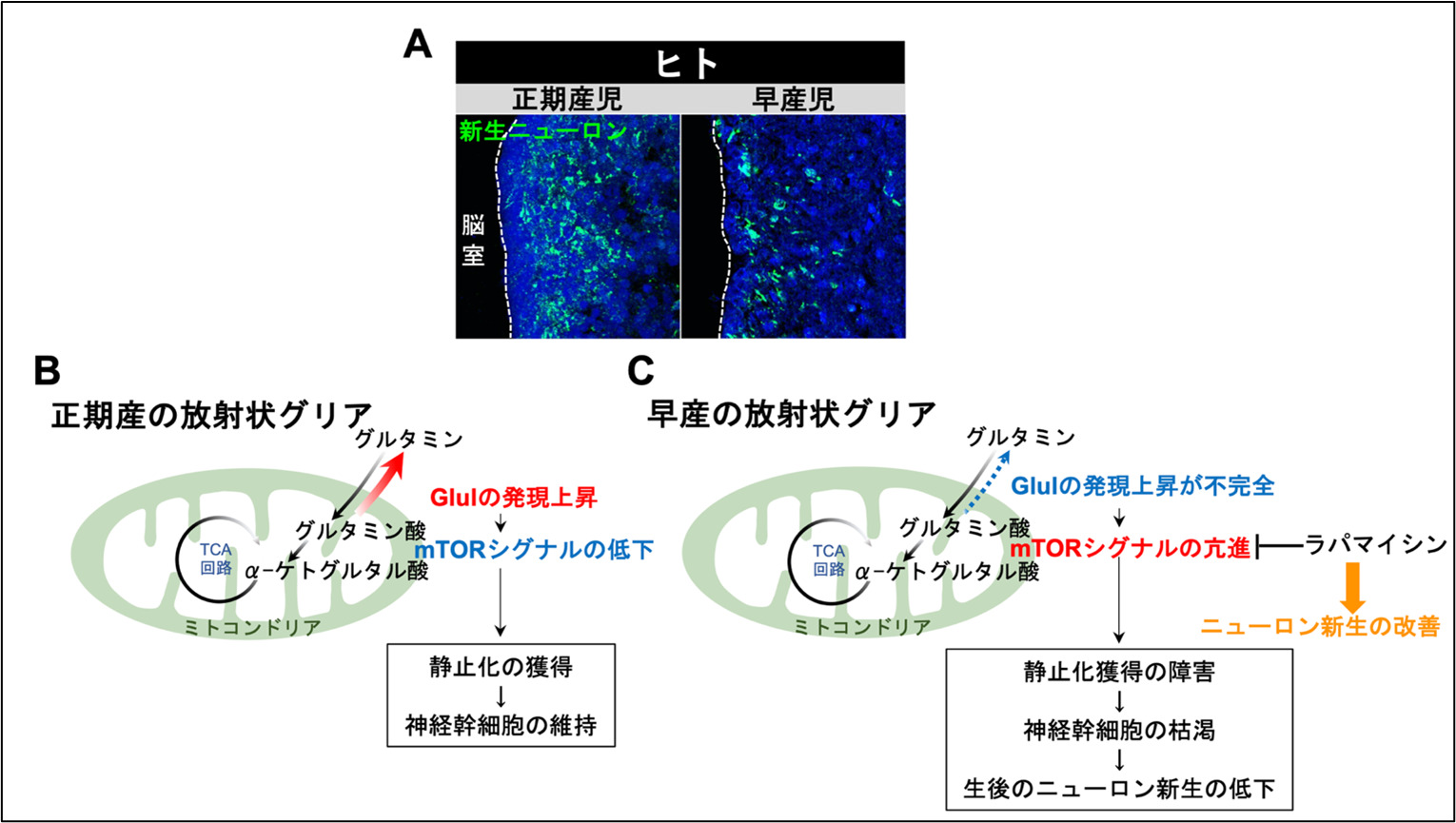2025-01-21 ペンシルベニア州立大学(PennState)
<関連情報>
- https://www.psu.edu/news/engineering/story/biosensing-platform-simultaneously-detects-vitamin-c-and-sars-cov-2
- https://pubs.acs.org/doi/10.1021/acsami.4c11393
ビタミンCとSARS-CoV-2を検出するレーザー誘起グラフェンに基づく多電極拡張ゲート電界効果トランジスタ Multi-Electrode Extended Gate Field Effect Transistors Based on Laser-Induced Graphene for the Detection of Vitamin C and SARS-CoV-2
Heshmat Asgharian,Vinay Kammarchedu,Pouya Soltan Khamsi,Caroline Brustoloni,and Aida Ebrahimi
ACS Applied Materials & Interfaces Published: October 29, 2024
DOI:https://doi.org/10.1021/acsami.4c11393
Abstract

Despite the clinical data showing the importance of ascorbic acid (AA or vitamin C) in managing viral respiratory infections, biosensors for their simultaneous detection are lacking. To address this need, we developed a portable and wireless device for simultaneous detection of AA and SARS-CoV-2 virus by integrating commercial transistors with printed laser-induced graphene (LIG) as the extended gate. We studied the effect of laser printing pass number and showed that with two laser printing passes (2-pass LIG), the sensor sensitivity and limit of detection (LOD) for AA improved by a factor of 1.6 and 12.8, respectively. Using complementary characterization methods, we attribute the improved response to a balanced interplay of crystallinity, defect density, surface area, surface roughness, pore density and diameter, and mechanical integrity/stability. These factors enhance analyte transport, reduce noise/variability, and ensure consistent sensor performance, making 2-pass LIG the most effective material in this work. Our sensors exhibit promising performance for detecting AA with a selective response in the presence of common salivary interfering molecules, with sensitivity and LOD of 73.67 mV/dec and 54.04 nM in 1× phosphate buffered saline and 81.05 mV/dec and 78.34 nM in artificial saliva, respectively. We also showed that functionalization of the 2-pass LIG gate with S-protein antibody enables the detection of SARS-CoV-2 protein antigens with an ultralow LOD of 52 zg/mL─an improvement of more than 10-fold compared to 1-pass LIG─and 4 particles/mL for virion mimics with a selective response against influenza virus and multiple human coronavirus strains. With low signal drift/hysteresis and wireless capabilities, the developed device holds great potential for improving at-home monitoring and clinical decision-making.


